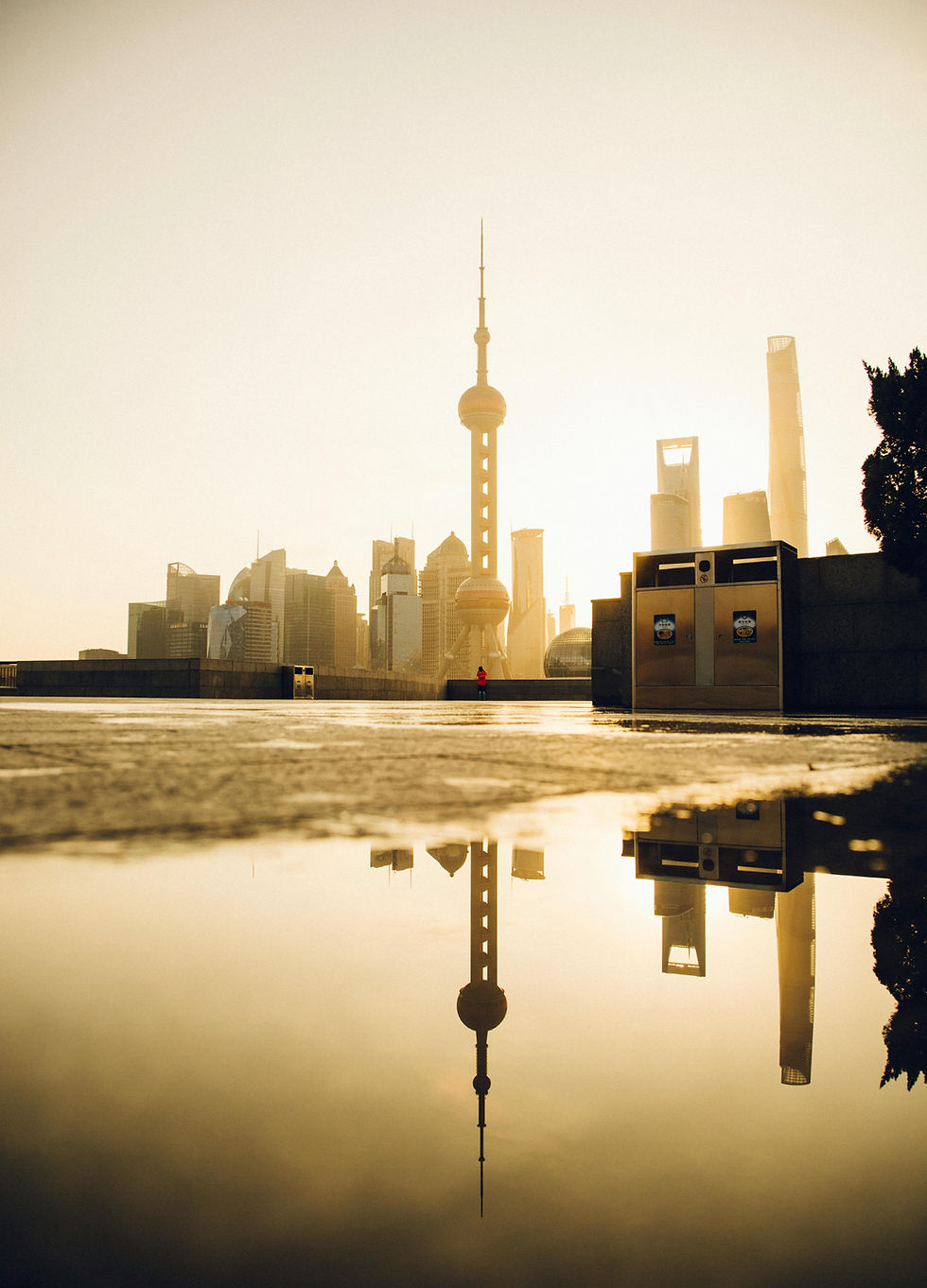Film Review: The Bay & Co: How horror films can successfully deal with ecological themes
- abonanomi

- Feb 14, 2023
- 3 min read

by Alberto Sclaverano for Citiplat
It is common, especially in American cinema, to find social and political messages hidden inside B-movies and horror films, including ecological themes. For example, during the 1970s, when the debate around the climate crisis was not as widespread as today, several horror movies featured environmental content. The subgenre is known as “eco-vengeance .”
In George McCowan Frogs (1972), the illegal discharge of toxic waste in a swamp by a wealthy businessman alters the behaviour of frogs and other reptiles. They become aggressive and invade the billionaire’s estate, attacking him and his relatives. In John Frankenheimer’s Prophecy (1979), a young doctor is sent to a remote Maine forest to verify if a paper mill has breached environmental laws, as denounced by a local indigenous tribe, while strange murders shock the small community. The truth is terrifying: the paper factory’s owner has always used an illegal chemical agent, which has caused health issues and mutations among natives and forest animals, and turned a bear into a hybrid killing monster. Both these movies, and many others, are constructed upon the principle that the environment cannot be exploited and polluted without creating terrible consequences. Nature, at some point, will seek revenge.
Barry Levinson’s The Bay (2012) is a modern addition to the subgenre. This low-budget horror film was initially supposed to be a documentary about water pollution in Chesapeake Bay (Maryland, USA). However, he decided to make a fictional film instead, or at least partially. The Bay employs the so-called found-footage technique, which has been made famous by the success of Paranormal Activity and its sequels.
Levinson takes the “mockumentary” (false documentary) approach to the extreme: some scenes could belong to a video posted on YouTube or aired on CNN. He presents the story in footage assembled and leaked after the US government tried to hide what happened in the small town of Claridge in July 2009 during the Independence Day celebration. What we are going to see is introduced by the leak’s author Donna Thompson, a young journalist who witnessed the events.
Claridge’s residents start to show symptoms of a strange illness whose origin the Centers for Disease Control and Prevention cannot explain. The discovery of the cause is pretty disturbing: due to continuous pollution of Chesapeake Bay’s waters by a local chicken industrial farm, which illegally dumped waste in the river estuary, a mutation occurred in cymothoa exigua, commonly known as the tongue-eating louse (an existing parasitic crustacean, that usually lives inside fish). The evolved species can now grow inside human bodies, and the consequences will be tragic. While it contains some bloody scenes, reminiscent of things we can see in movies like Alien, it is not particularly violent or scary compared to other recent horror films. What makes The Bay truly unsettling is the hyper-realistic filming style.
Yes, The Bay is only a small horror movie made for entertainment. Still, like its predecessors from the 1970s, it can also help casual moviegoers to reflect a bit on the risks of ignoring ecological problems. For example, water pollution in the Chesapeake Bay is a genuine concern, just like unethical behaviour by large factories and multinational companies worldwide. Fortunately, mutations like the ones portrayed in these kinds of films cannot happen. But the damage that pollution causes to both animals and humans every year is severe. For example, dumping plastic and industrial waste in the ocean endangers several sea life forms. Sometimes can be fun to have a good scare at the cinema, but The Bay also contains a warning: the real horror movie is not the fake one on the big screen, but it is instead what risks to happen if we refuse to deal with the environmental problems we have created.









Comments